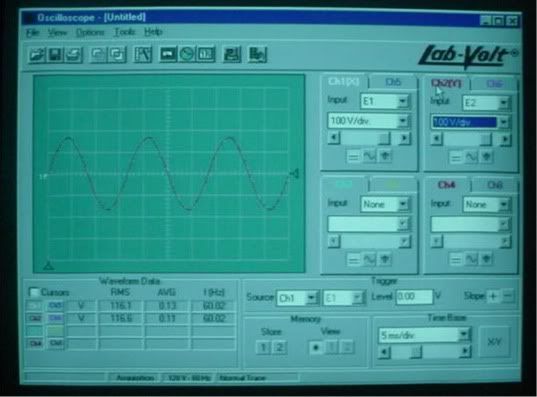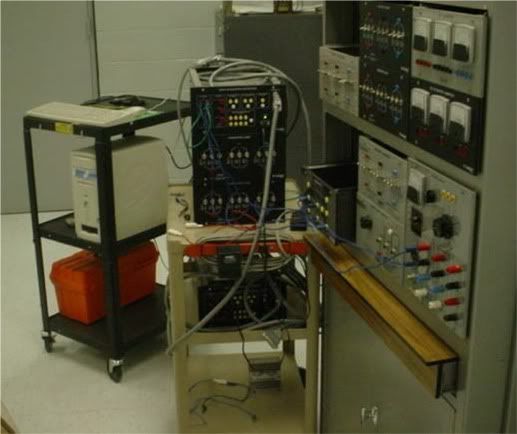Don Randall
Member
- Location
- Bethany, OK USA
weressl said:...and of course would be wrong
There IS no such a thing as -120V in AC terminology.
Actually, half the time one conductor is considered positive and the other half of the time it is negative. At a single point in time, one conductor would be positive while the other is negative, precisely the same as DC voltage. 120 pulses per second. You actually have DC voltage for 120th of a second, it increases from 0v to max., then decreases back to 0v. Then you have another DC pulse occur for the next 120th of a second, but in the opposite direction. So surely, you can select a point in time and say that one conductor is positive while the other is negative. Is this incorrect? If so please explain as I would like to know. Don




